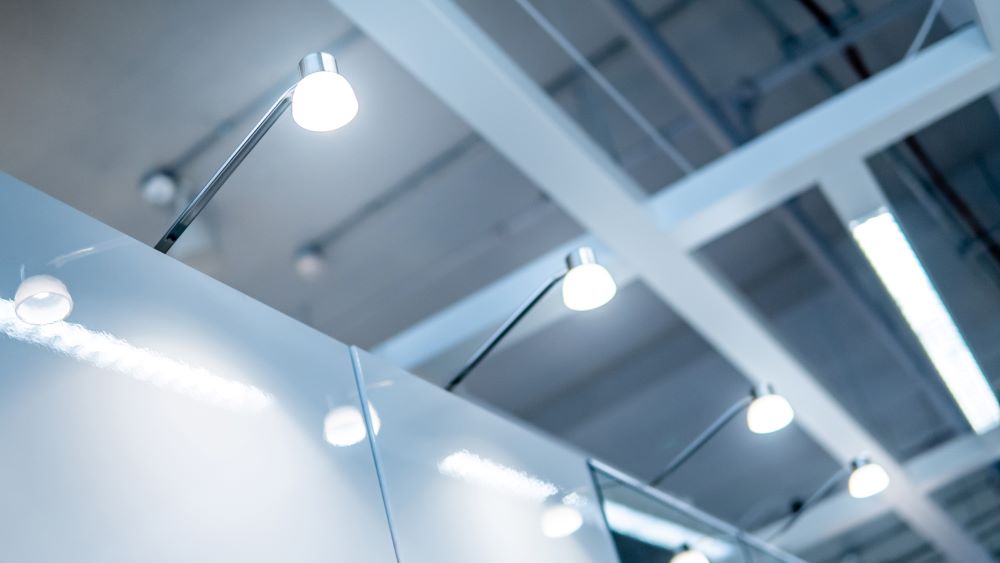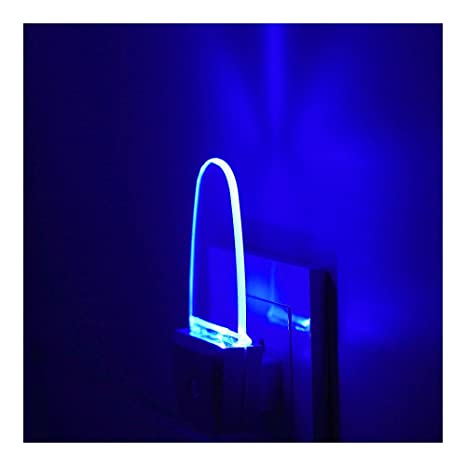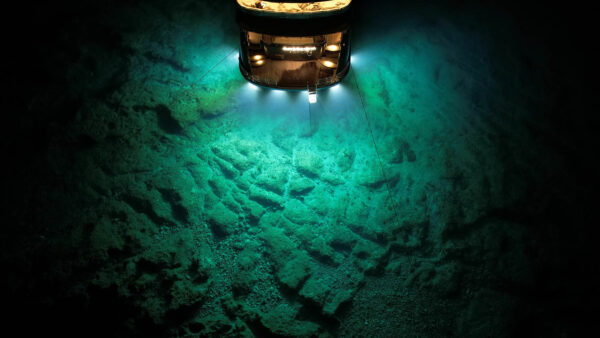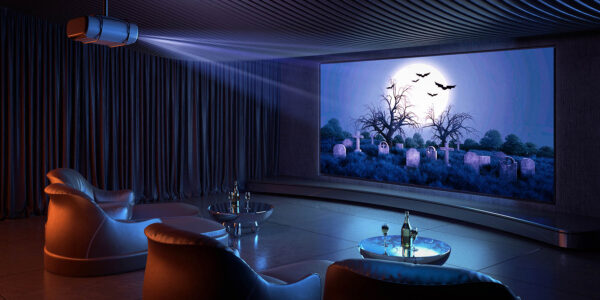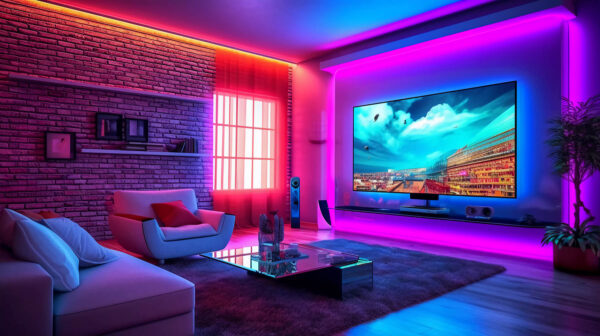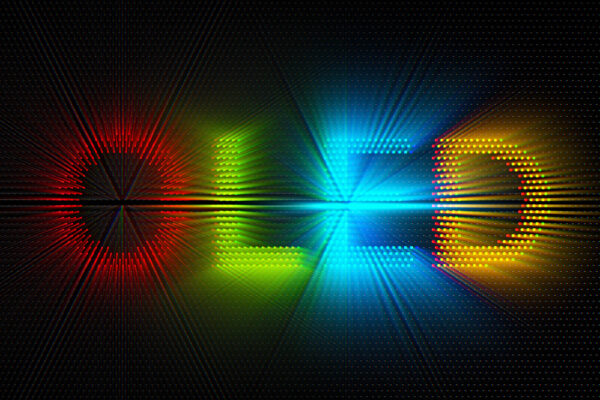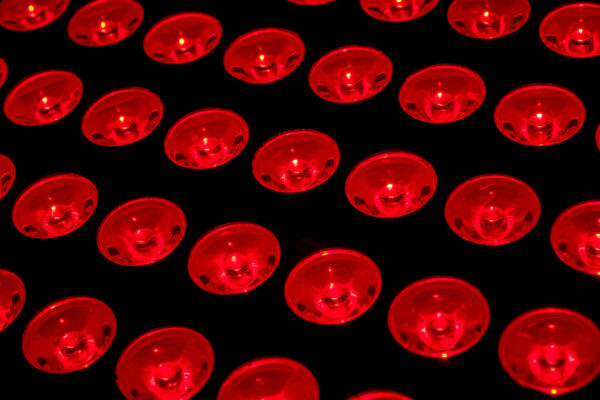The details behind claims that a product or device can reduce your energy bills will always reveal the validity of the claim. Where electrical energy bills are concerned, you can certainly lower your energy consumption by switching to LED lights, but you will be better able to reduce your energy bill with efficient LED lights in parallel to your lower energy consumption if you gain a better understanding of how LED lights work and how you can optimize your usage of those lights in your power consumption patterns.
Reduce Your Energy Bill With Efficient LED Lights
First and foremost, LED lights do generate the same or better quality lighting as traditional incandescent or fluorescent lights with a fraction of the energy input. Incandescent bulbs dissipate 80% or more of their electrical energy input as excess heat. LEDs convert substantially more of that energy input into light. As a result, you may be able to get the same amount of light output from an LED bulb that consumes 10 watts of electrical energy input as you would out of an incandescent bulb that consumes 100 watts.
Because of this higher efficiency, LED bulbs are more appropriately rated according to the amount of light, measured in lumens, than they are according to their input wattage. If you are replacing your incandescent lights with LED bulbs, make sure that you replace lumens for lumens and not watts for watts. If you use a 100 watt LED bulb in place of a 100 watt incandescent bulb, not only will you generate far more light than you probably need, but you will not reduce your power consumption or your energy bill.
With the rising cost of energy and increasing environmental concerns, finding ways to reduce our energy consumption has become a priority. One effective method is by upgrading to efficient LED lights. LED lighting technology offers significant energy savings compared to traditional incandescent or fluorescent bulbs. In this article, we will explore how switching to LED lights can help reduce your energy bill, backed by examples and cited data.
Energy Efficiency of LED Lights
LED lights are renowned for their energy efficiency. They convert a higher percentage of electrical energy into visible light, resulting in less wasted energy as heat. According to the U.S. Department of Energy (DOE), LEDs use at least 75% less energy than incandescent bulbs, and their efficiency continues to improve over time.
Example: Let’s consider a hypothetical scenario where a household has 20 traditional incandescent bulbs, each consuming 60 watts. By replacing them with equivalent LED bulbs consuming 10 watts each, the energy consumption is reduced by 50 watts per bulb. The total energy savings would amount to 1,000 watts (50 watts x 20 bulbs), equivalent to 1 kilowatt-hour (kWh) per hour of usage.
Longevity and Reduced Maintenance Costs
LED lights have a significantly longer lifespan compared to traditional bulbs. According to the DOE, LEDs can last up to 25 times longer than incandescent bulbs and up to 10 times longer than compact fluorescent lamps (CFLs). This longevity not only reduces the frequency of bulb replacements but also lowers maintenance costs.
Example: Consider a commercial building with 100 traditional fluorescent tube lights that require replacements every two years. By replacing them with LED tube lights that can last up to 20 years, maintenance costs associated with bulb replacements and labor are substantially reduced.
Comparative Energy Consumption
To illustrate the energy-saving potential of LED lights, let’s compare the energy consumption of various lighting technologies.
Example:
a. Incandescent Bulbs: A typical 60-watt incandescent bulb consumes 60 watts per hour of usage.
b. CFL Bulbs: A compact fluorescent bulb with the same light output consumes approximately 14 watts per hour.
c. LED Bulbs: An equivalent LED bulb providing the same level of brightness consumes around 10 watts per hour.
Considering an average usage of 4 hours per day, here’s the annual energy consumption comparison based on 365 days:
Incandescent Bulb: 60 watts x 4 hours x 365 days = 87,600 watt-hours (or 87.6 kWh)
CFL Bulb: 14 watts x 4 hours x 365 days = 20,440 watt-hours (or 20.44 kWh)
LED Bulb: 10 watts x 4 hours x 365 days = 14,600 watt-hours (or 14.6 kWh)
By switching from incandescent to LED bulbs, the energy consumption is reduced by 73 kWh per year for a single bulb.
Energy Savings Potential
The energy savings achieved by switching to LED lights can vary depending on the number of bulbs and the duration of usage. However, on a larger scale, the cumulative impact can be significant.
Example: According to a study by the DOE, if every American household replaced just one incandescent bulb with an ENERGY STAR-certified LED bulb, it would collectively save around 9 billion kWh of electricity per year, equivalent to the annual electricity consumption of more than 800,000 homes.
Understanding your energy bill is a second component of lowering the amount you pay. Many consumers look only at the bill amount without understanding how that amount is determined. Utility companies charge for electrical power on the basis of how many kilowatt hours (kWh) of electricity you use. The average national average rate is about $0.12 per kWh. If you believe that you are consuming fewer kWh of electricity after you have installed LED lighting but your electricity bills are not going down, compare your kWh usage before and after you installed those lights and confirm that your utility company has not increased its rates.
Lastly, if you elect to replace only a few of your lights with LED’s, go first for the lights that are used more frequently or that consume the most electricity. Outdoor lighting is one of the worst offenders for electrical power consumption. If your yard lights are on frequently or you use outdoor lighting to accent exterior features of your home, you will save proportionately more energy and reduce your utility bills further if you focus on those power-hogging lights.
If you have replaced all of your existing inefficient lights with LEDs and your utility bills are still not going down, take a closer look at your electricity bill to compare kWh consumption over different time periods and at different times of the year. If that power consumption is consistently high even after you have installed LEDs, your electrical system may have a flaw that requires professional analysis and correction.
Reducing your energy bills with efficient LED lights is only one reason to switch to this modern lighting technology. LEDs are more versatile and provide better design and control options than most other forms of artificial illumination.

